Our Next Chapter
A group of colleges and universities came together in 1975 to streamline the college application process by creating a common application form for students. Nearly 50 years later, Common App continues to open doors to opportunity.

Our Next Chapter
A group of colleges and universities came together in 1975 to streamline the college application process by creating a common application form for students. Nearly 50 years later, Common App continues to open doors to opportunity.
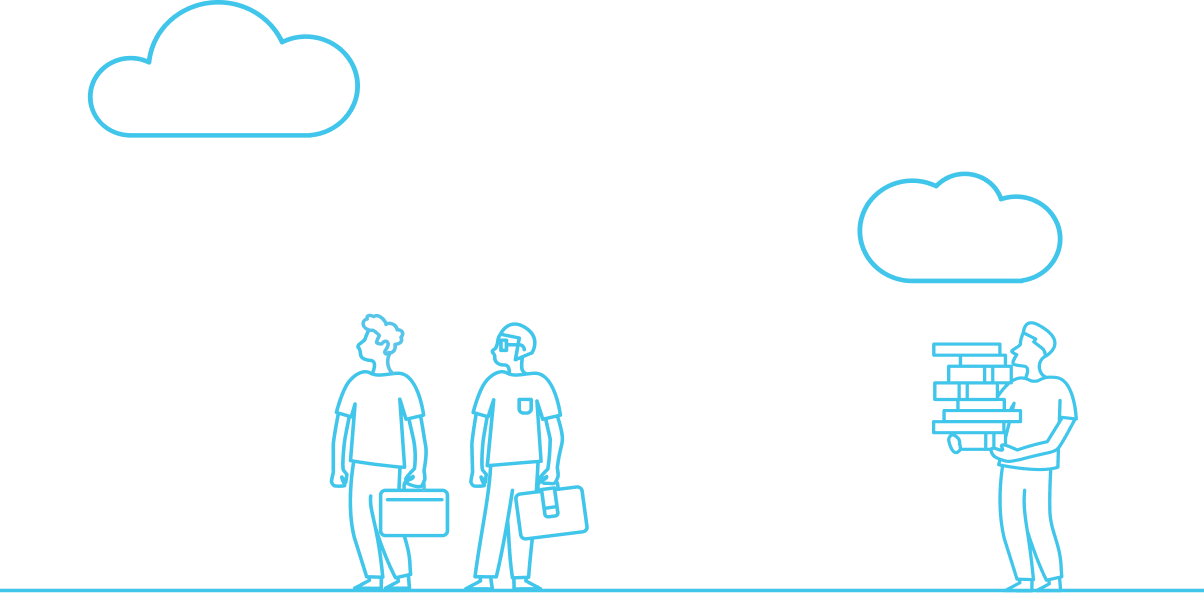
The challenge
Over the last decade alone, Common App has made huge strides in expanding access for students. Since 2019, low-income applicants have increased at nearly three times the rate of higher-income applicants.
Yet, even with a diverse membership of more than 1,000 institutions, students from low-income communities are still significantly underrepresented in our applicant pool.

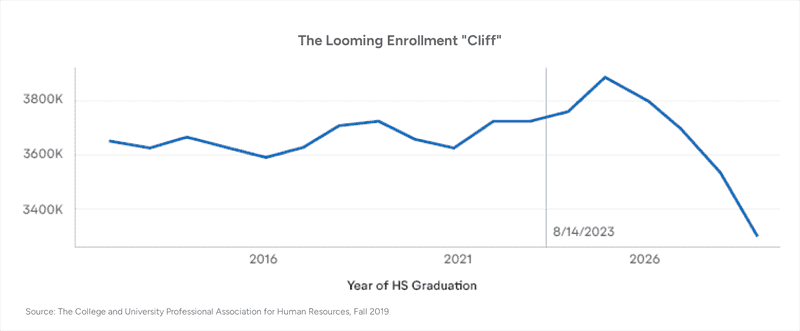
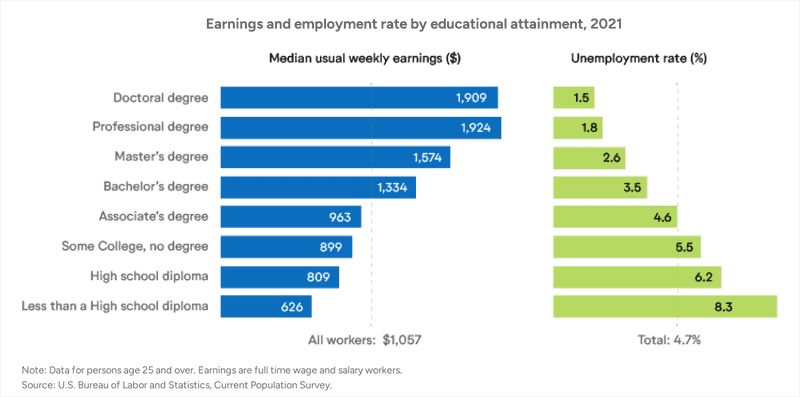
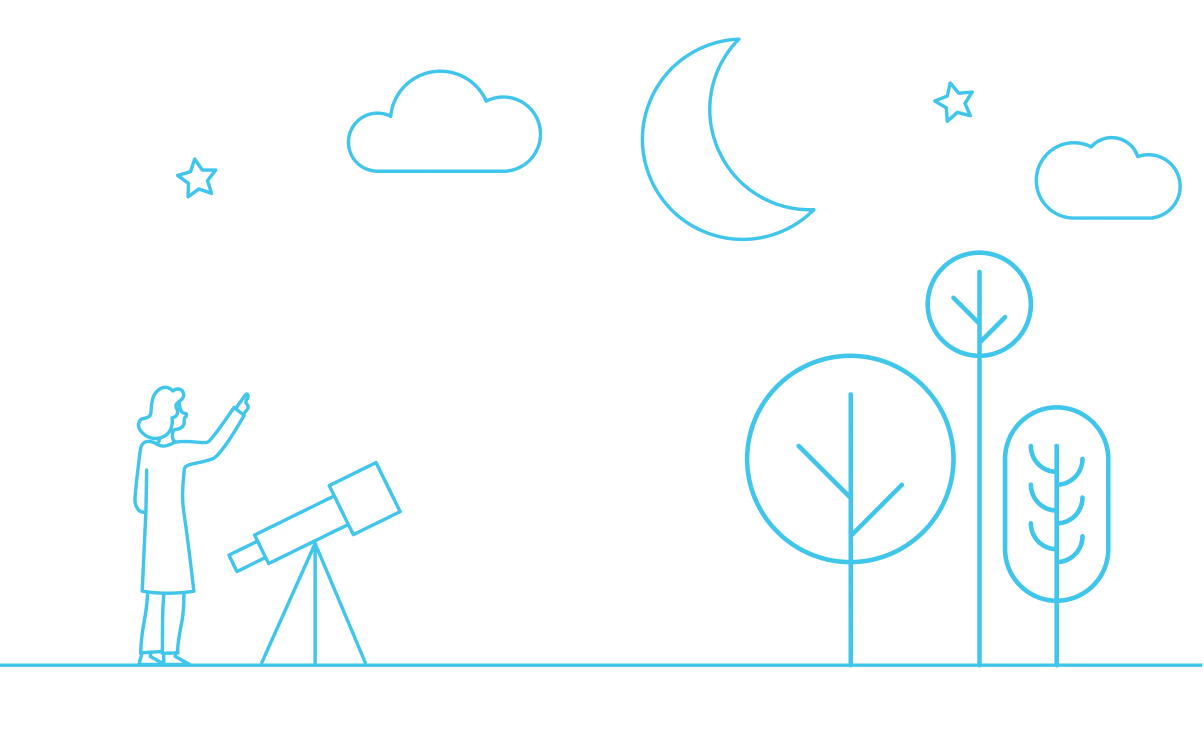
Our moonshot
Common App has set a bold goal to focus its work in the next chapter. We call it our moonshot: By 2030, Common App will close its equity gap in students pursuing postsecondary opportunities.
We believe that, working together, we can close equity gaps and uplift today’s students.
Learn about the work we've done recently to move toward our moonshot in our Next Chapter impact report.

The opportunity

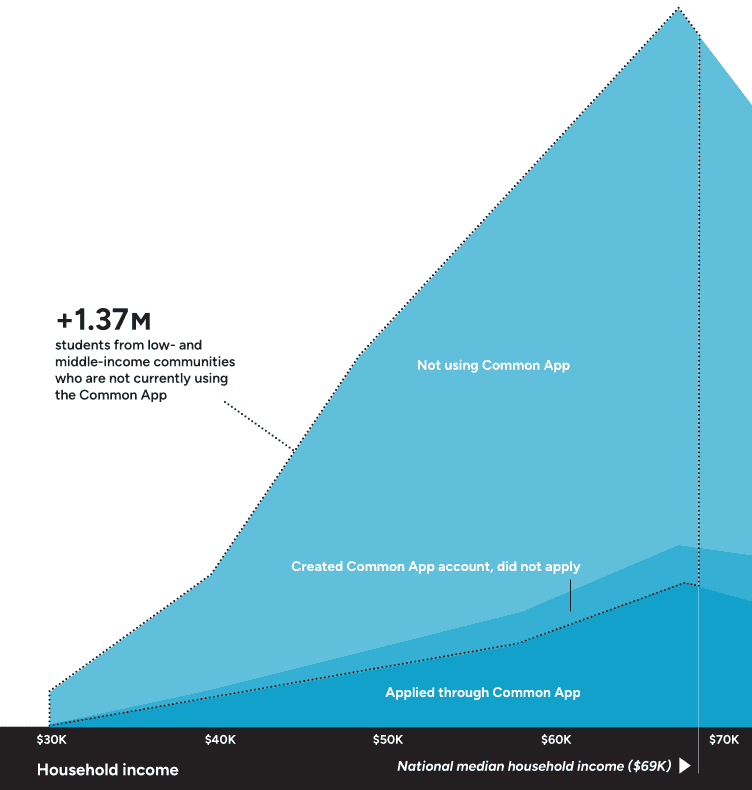
Our work
Doing more with data
Next Chapter impact report
Reflections on a year of progress toward closing the equity gap in postsecondary access, highlighting new initiatives, expanded opportunities, and data-driven insights that support increased participation from low- and middle-income students.
Highlighting independent student
New research reveals the distinct characteristics, application patterns, and outcomes of independent students.
End-of-season report, 2023–2024: First-year application trends
The report details key trends in first-year college application patterns, with a focus on equity, institutional type, and student demographics.
Contact member support
If you represent a college or university interested in Common App, we look forward to hearing from you!
